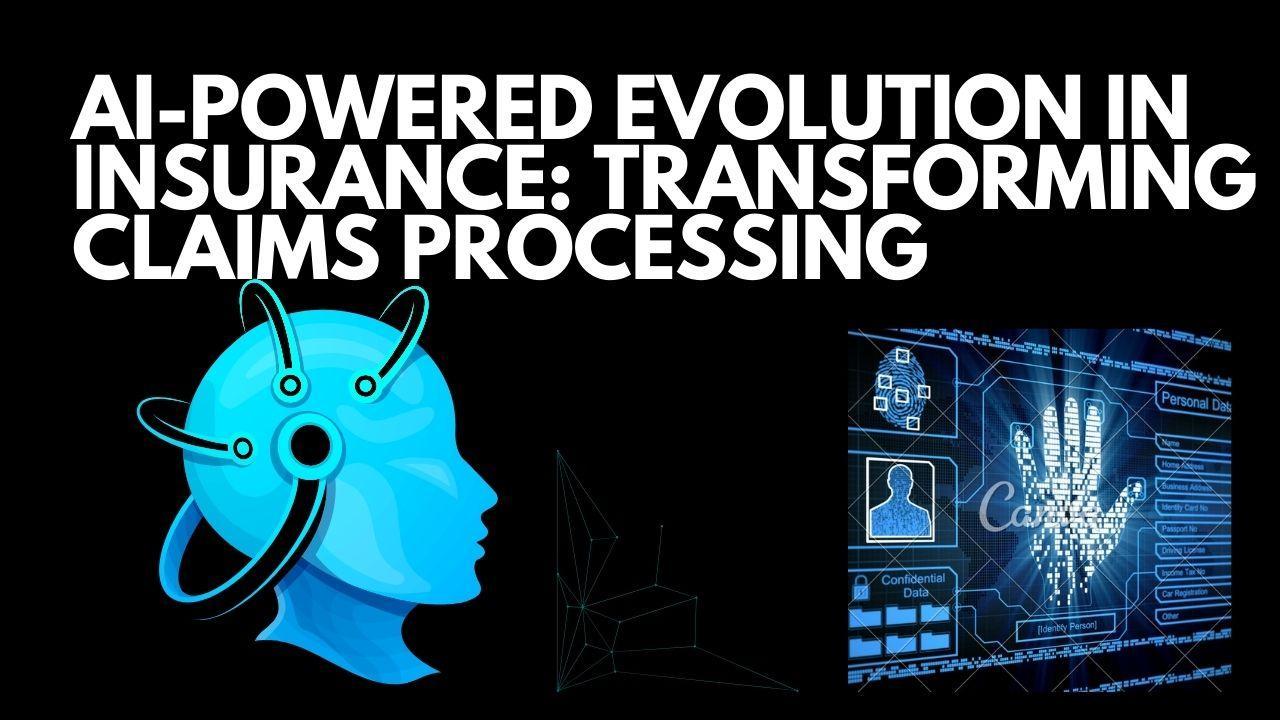The integration of artificial intelligence (AI) into insurance claims processing is fundamentally reshaping the industry. With AI-driven solutions streamlining everything from initial claim submission to final settlement, the sector is experiencing unprecedented efficiency and accuracy.Based on research by Balakrishna Sudabathula, explores key innovations that are driving this transformation.
Enhancing Fraud Detection with Machine Learning
One of the most significant advancements in claims processing is AI-powered fraud detection. Machine learning algorithms analyze vast amounts of historical claims data to identify patterns and detect anomalies. These intelligent systems can differentiate between legitimate claims and potential fraud with remarkable precision. By continuously learning from new data, they minimize false positives while improving detection accuracy, reducing financial losses for insurers.
Additionally, these AI systems excel at identifying complex fraud rings that might escape human detection. They can recognize subtle connections between seemingly unrelated claims, flagging coordinated fraud attempts. This capability extends to real-time analysis during claim submission, allowing for immediate intervention.
Computer Vision Revolutionizing Document Verification
Gone are the days of manual document verification, thanks to the implementation of computer vision. This technology enables automated assessment of claim-related images, such as photographs of damaged property or medical reports. Advanced image recognition and Optical Character Recognition (OCR) systems extract essential information with high accuracy, significantly expediting the claims review process. This ensures faster claim settlements, benefiting both insurers and policyholders.
Automating Claims Processing with Natural Language Processing
The ability to process large volumes of unstructured data has been a challenge for insurers. Natural Language Processing (NLP) addresses this issue by automating the extraction of critical information from claim descriptions, medical reports, and legal documents. AI-driven NLP systems can analyze and categorize text-based data efficiently, ensuring more consistent and accurate claims assessments while reducing processing time.
Cloud-Native Technologies for Seamless Integration
Modern insurance companies are increasingly adopting cloud-native technologies to enhance the efficiency and scalability of their claims processing systems. Cloud platforms enable seamless integration of AI-driven tools, allowing for real-time data analysis, improved collaboration, and rapid deployment of updates. The shift to cloud-based systems also ensures better security, disaster recovery, and operational resilience.
Data Pipelines Enhancing Decision-Making
Data pipeline management has become a crucial component of AI-driven claims processing. Automated pipelines facilitate the seamless flow of structured and unstructured data, ensuring that claims are assessed using comprehensive and high-quality datasets. AI-powered data validation mechanisms help maintain accuracy and compliance, reducing errors and inconsistencies in claims evaluations.
The Role of Explainable AI in Decision Transparency
As AI continues to play a larger role in claims processing, transparency and fairness become essential considerations. Explainable AI (XAI) provides clear insights into how decisions are made, allowing policyholders and regulators to understand the rationale behind claim approvals or rejections. Insurers implementing XAI ensure that AI-driven assessments remain fair, unbiased, and compliant with ethical standards.
Accelerating Claims Processing and Enhancing Customer Experience
AI has revolutionized the speed and accuracy of claims handling. Automated systems have drastically reduced claim processing times from several days to mere hours. AI-powered chatbots and virtual assistants also enhance customer experience by providing instant updates and responses to queries, improving overall satisfaction and trust in the claims process.
Future Trends: Edge Computing and Blockchain Integration
The future of AI-driven insurance claims processing is set to be even more transformative with the adoption of emerging technologies like edge computing and blockchain. Edge computing facilitates real-time data processing at the source, improving response times and risk assessments. Blockchain, on the other hand, enhances security and transparency in claims transactions, preventing fraud and ensuring data integrity.
In conclusion,AI is no longer a futuristic concept in the insurance industry; it is a reality that is redefining claims processing. The advancements discussed, from fraud detection to real-time document analysis, are not only streamlining operations but also fostering trust between insurers and policyholders. As Balakrishna Sudabathula highlights, the key to maximizing AI’s potential lies in balancing automation with ethical considerations and human oversight. With continuous innovations on the horizon, AI-driven insurance claims processing is poised for even greater efficiency and reliability in the coming years.



































